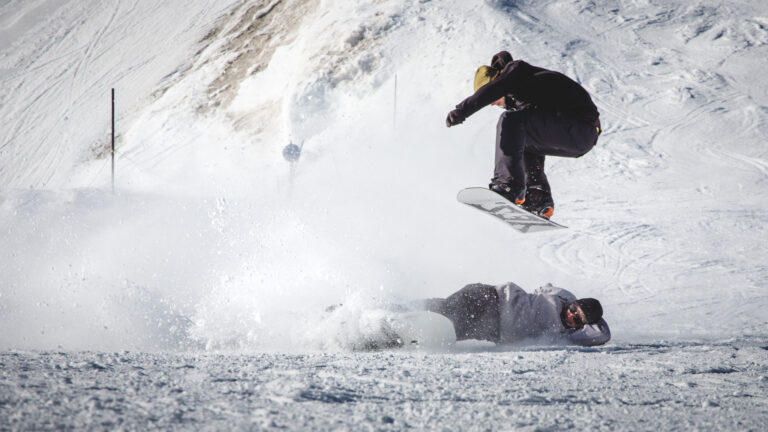Carving – it’s so hot right now. With the elder generation of snowboarders now too old and arthritic to get airborne these days, there’s a slew of ‘back in my day’ platitudes passed down that have been translated into ‘cool’ by the upcoming talent.
No matter though, because for once a trend in snowboarding is actually rad as fuck – doing something that looks natural where in actual fact it’s one of the hardest skill sets to master.
Whilst in Stubai with GB Park & Pipe, we got the low down from head coach Hamish McKnight on the technique behind a proper eurocarve, or in this case a Tirol carve. He should know – he has a mean one.
How To Eurocarve
Apparently, whilst the instinct is to get low, put in a heavy toeside turn and then plonk your elbow in, the proper technique is more about core strength than anything else. You get on your edge, but start by crouching to make your centre of gravity as small as possible. Get your elbow in the snow with some weight on it, then stretch yourself out and get as parallel to the floor as possible.

To come back up, simply do the reverse: don’t push yourself up with your arm/shoulder, instead bring your elbow back towards your board and make your centre of gravity as small as possible again. This should allow you to simply tip backwards, stand up and engage your base and heel edge once again.
Spend a few years attempting that, and one day you might have a eurocarve as good as Hamish’s one above.
Since this is snowboarding that, of course, is not simply that. There’s many variations of the humble eurocarve out there, here’s five of our favourites:







